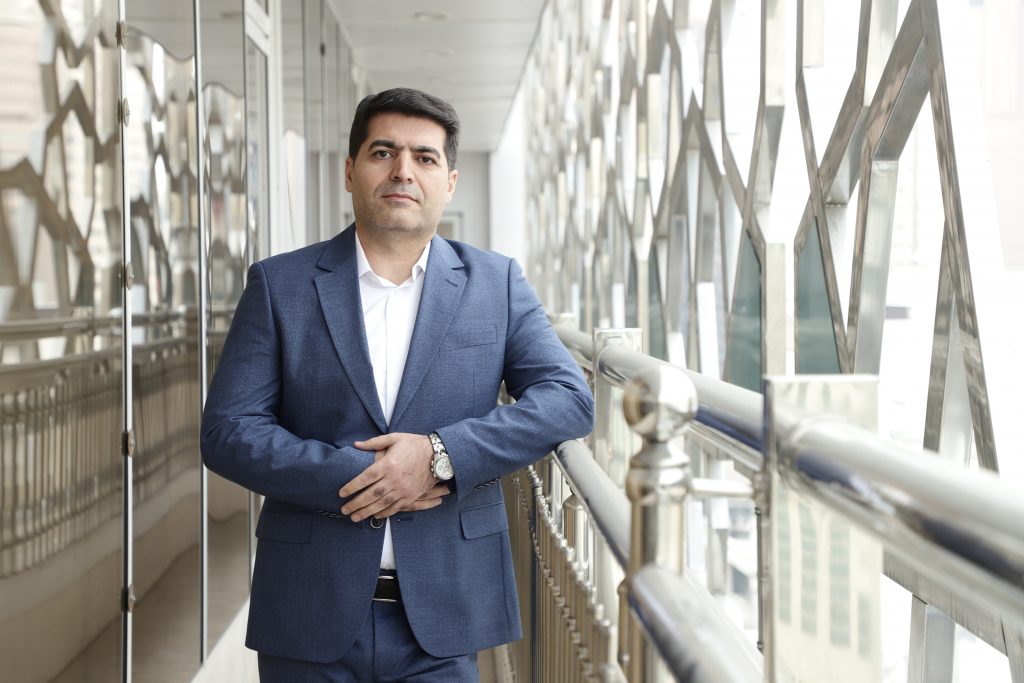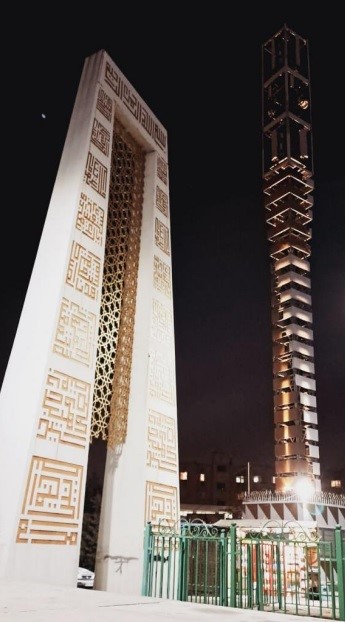
Since 2021, Jebraeel Tofighi has served as the Chairman of the Board at Iranian Towers, the country’s largest telecom infrastructure company. Under his leadership, the company has undergone a remarkable transformation, not only scaling its operations to support over 1000’s telecom sites nationwide, but also pioneering an ambitious national beautification initiative to integrate mobile towers into the urban aesthetic. His vision has pushed the boundaries of what a traditional tower company can achieve in both technical innovation and urban design leadership.
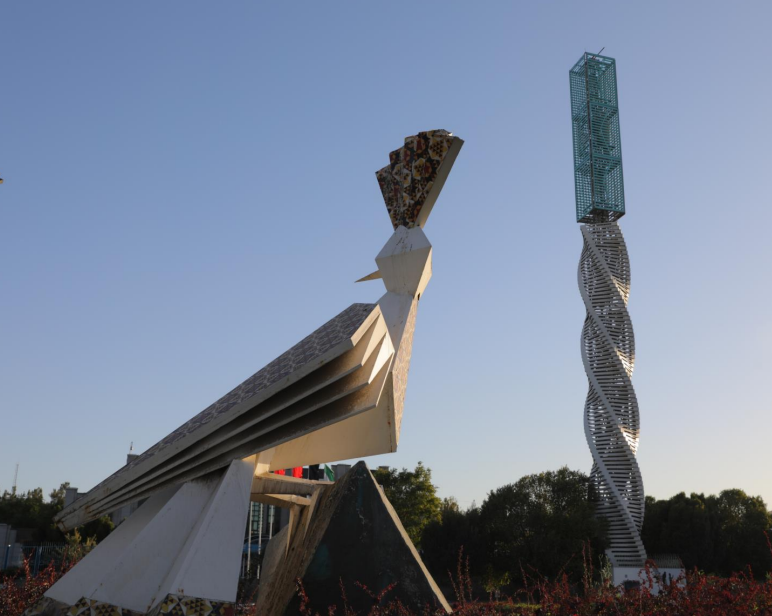
Iranian Towers, known for enabling the nation’s mobile connectivity, experienced a 25% increase in mobile network capacity under Jebraeel’s oversight—an outcome directly tied to his strategic emphasis on shared infrastructure. This shift dramatically reduced redundancy across operators while improving urban density coverage. Thousands of shared towers were deployed across all major provinces in Iran, with design adaptations customized for city centers, parks, and public cultural zones. This rollout has been crucial for meeting the country’s growing demand for 4G/5G services, especially in high-density areas.
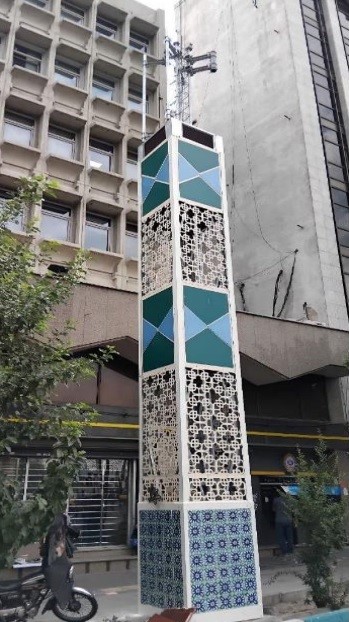
Where Jebraeel’s leadership stands out most clearly is in his visionary beautification initiative. Recognizing growing public criticism about the visual pollution caused by standard cell towers, he launched an unprecedented campaign to redesign them into functional urban sculptures. Over 850 beautification projects have been executed under his direction—an extraordinary fusion of technology, culture, and design.
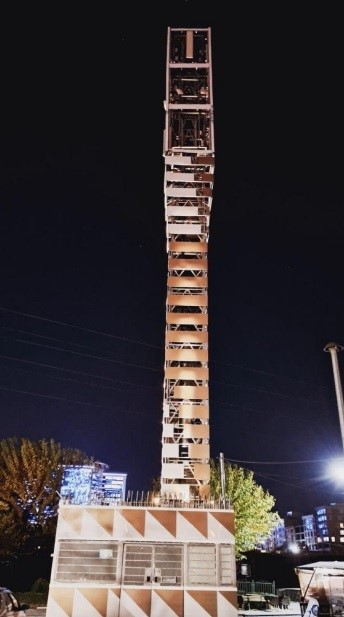
The towers, showcased in the provided images, reflect diverse artistic approaches:
- Some mimic Persian geometric patterns, blending into architectural surroundings.
- Others resemble modern sculptures or totems, like the twisted “DNA” tower that doubles as a visual landmark.
- Micro-towers on sidewalks are encased in wood or traditional tiling, repurposed as benches or light installations, fostering community engagement.
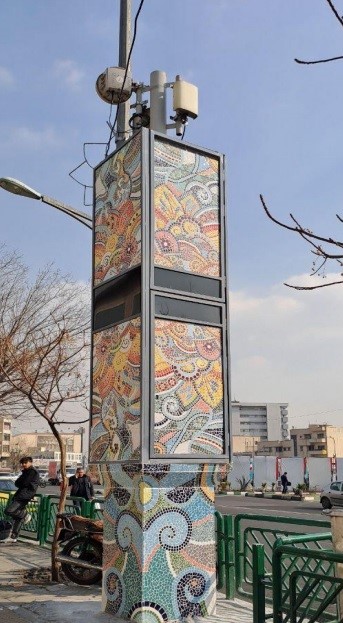
These towers are not just infrastructure—they’re multi-functional smart urban assets. Some incorporate environmental sensors, public Wi-Fi, street lighting, and even seating, making them a core part of Iran’s move toward smart cities. Jebraeel’s ability to align engineering with design, urban planning, and public need showcases his exceptional cross-disciplinary leadership.
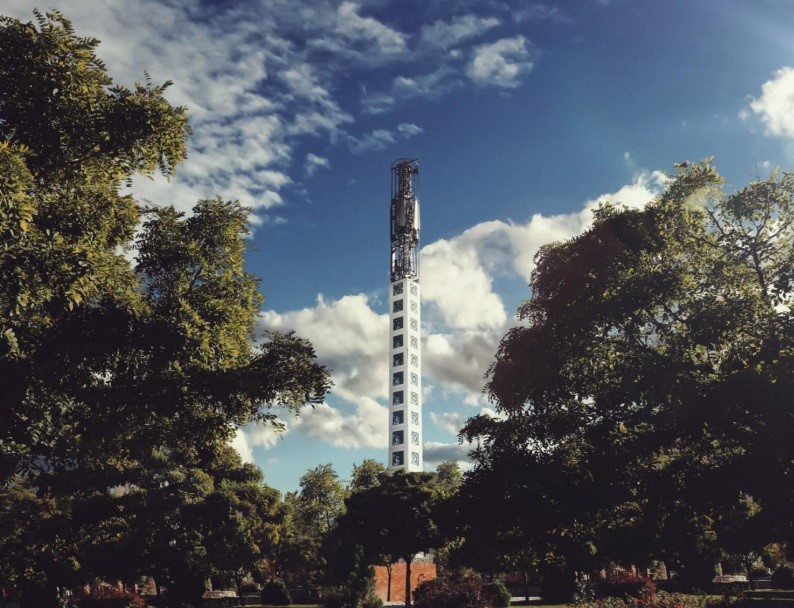
Internally, he has also cultivated a culture of innovation, accountability, and collaboration across Iranian Towers. He empowered local designers, telecom engineers, and municipalities to co-develop site-specific solutions. His model fosters decentralized innovation, encouraging diverse contributions while upholding the company’s national standards for network performance and visual integrity.
Jebraeel’s work has positioned Iranian Towers not just as a passive infrastructure owner, but as an urban enabler and cultural innovator. His leadership blends technical competence, aesthetic sensitivity, and stakeholder engagement in a way rarely seen in telecom infrastructure. He’s a visionary not only building the country’s digital backbone—but also redefining how that infrastructure coexists with people and place.
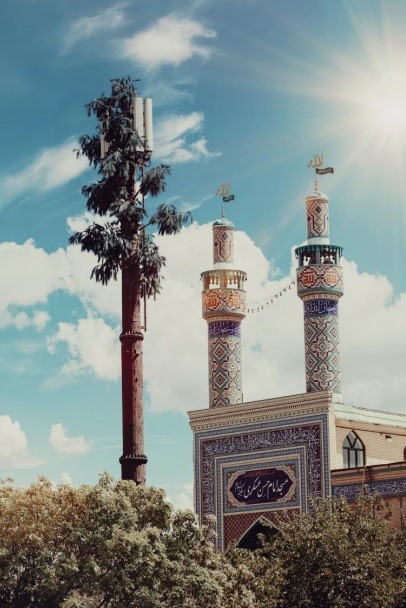
In summary, Jebraeel Tofighi has proven that tower infrastructure can be both powerful and beautiful, making Iranian Towers a global case study in how telecom can drive urban transformation through shared growth, innovation, and thoughtful design.
